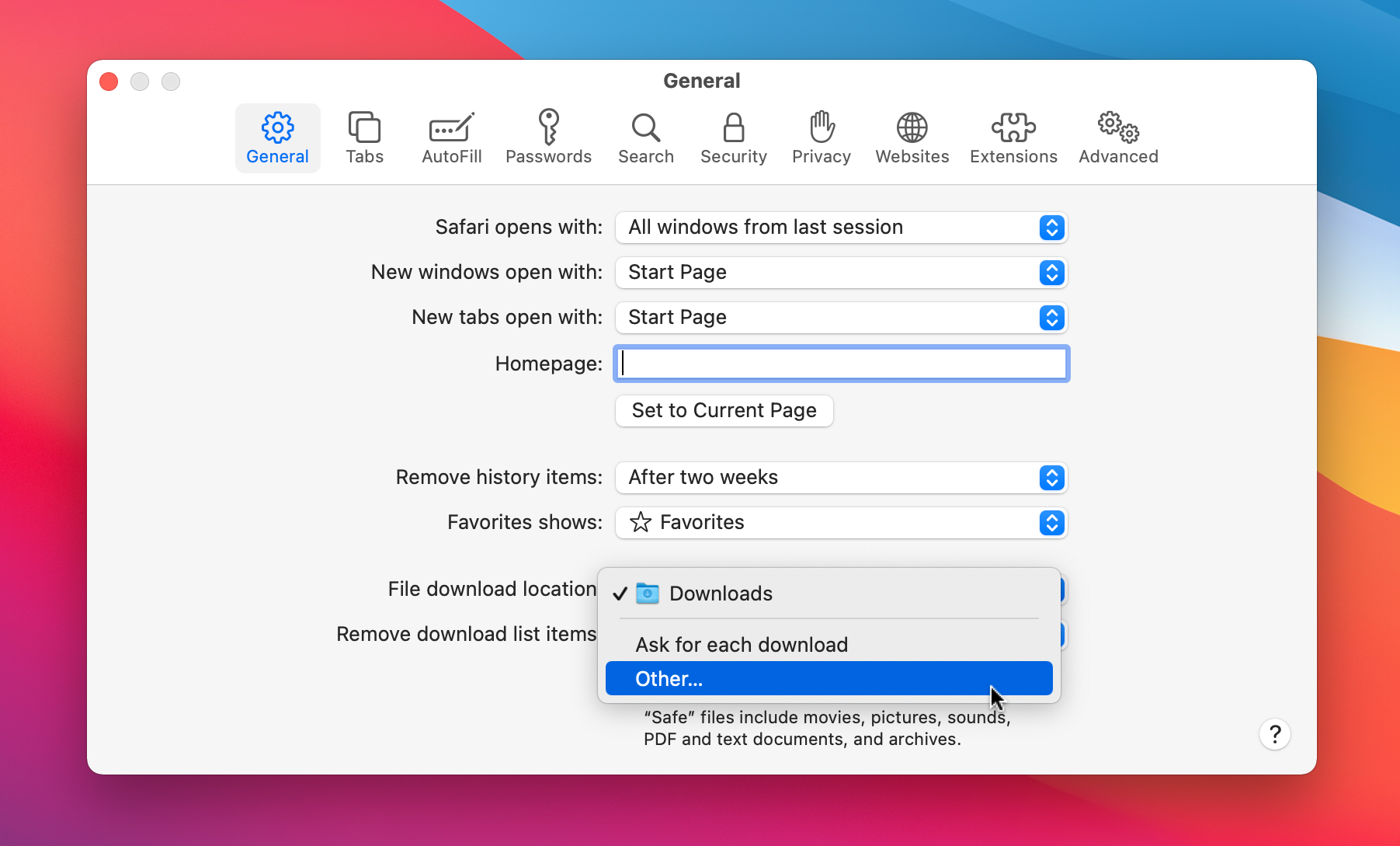BIOS mode only exists on PCs, right? Well, sort of. Although the Mac doesn’t have a bios mode as such, it does have something similar. In this article, we’ll get deep into what BIOS mode is, what its equivalent on the Mac is, and how to enter and use it. We’ll also show you how you can optimize and protect your Mac without having to get deep into the command line.

Classic style start menu for Windows is very popular for Windows users. It’s really easy and simple for users to operate the computer with start menu. You can nearly access anywhere or any applications on your computer from start menu directly. If you are new to Mac from Windows and used to the start menu, it will be ideal to add a Windows. For Windows 10, it will look better if transparency for the taskbar and Start menu is turned on from the Settings app. This skin reproduces the exact look of Windows 7 Aero Glass Start menu. It is recommended to all Windows 7 fans who switched to Windows 10 but miss the classic menu's appearance: Get it here: WIN7LIKE.
What is BIOS mode?
BIOS stands for “basic input and output system”. It’s firmware that controls the initialization of hardware on a computer. Without it, your RAM, keyboard, mouse, and display won’t work. It also starts loading the OS when you press the power button and performs other runtime services too.
On older PCs, the BIOS is controlled by the hardware manufacturer and is what loads Windows when the PC boots.
One of the reasons for entering BIOS mode is to troubleshoot problems that occur on your Mac. Breakaway audio enhancer v.1.20.12 with keygen and crack. In BIOS mode, you can take more control, as long as you know what you’re doing, of the initialization process. However, for most users, there are better ways of troubleshooting and fixing problems. One of those is CleanMyMac X, which can clear our junk, run maintenance scripts, scan your Mac for malware, and much more. We’ll show you how to use it later in the article.

Mac Os Start Menu Download

What is the Mac equivalent of BIOS?
UEFI, or unified extensible firmware interface, is the name of the firmware in macOS that does the same job as BIOS, on most Windows machines. UEFI initializes hardware like your FaceTime camera and trackpad and loads the operating system.
Unlike in the Windows world, where Microsoft updates the OS and hardware manufacturers push out firmware updates, Apple controls both hardware and software and regularly updates UEFI.
Apple doesn’t allow users to navigate UEFI and adjust any settings before the macOS loads. They do so to protect the OS from unnecessary changes. That’s why most of the things you could do in BIOS mode isn’t possible on Mac.
How to enter BIOS on a Mac
As we mentioned earlier, users can’t enter UEFI on Mac. On PowerPC Macs, you used to be able to press a key combination at startup to enter Open Firmware and view a diagram of connected devices, RAM configurations, and CPU information.
You can’t do that on Intel Macs, however. The closest thing you can do is to boot in single-user mode and use the command-line interface to interrogate your Mac using Unix commands.

- Shut down your Mac.
- Press the power button and hold down Command-S as your Mac starts up.
- Release the keys when you see a black screen with white text on it.
Now, you can run UNIX commands to troubleshoot your computer.
Mac Os Start Menu Download
How to maintain and protect your Mac
If you don’t already have CleanMyMac X on your Mac, you can download it for free here. It’s very easy to install by following the instructions on the screen. When it’s finished installing, just double-click it in your Applications folder to launch it.
- Choose the Maintenance module in the sidebar.
- Check the box next to the scripts you want to run.
- Press Run.
That’s it. Once it’s done, your Mac will be in better shape. You can follow the same process to scan for malware, clear out junk files, and protect your privacy by securely erasing sensitive data. CleanMyMac X can also free up gigabytes of space on your hard drive.
Start Menu On Mac Computer
Instead of Macintosh BIOS, there is UEFI — unified extensible firmware interface — that carries out the same functions as those performed by the BIOS on older Windows PCs. These include initializing the hardware and loading the operating system. You can’t boot into UEFI mode in order to take control of the process using a command line. However, the single-user mode allows you to do something similar. To maintain and protect your Mac quickly and easily, we recommend using CleanMyMac X — no command line needed!